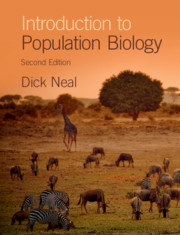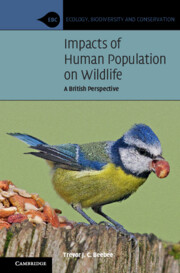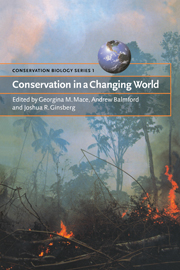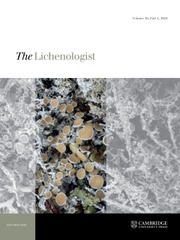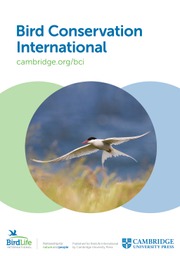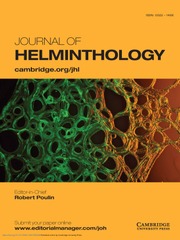Introduction to Population Biology
How do plant and animal populations change genetically to evolve and adapt to their local environments? How do populations grow and interact with one another through competition and predation? How does behaviour influence ecology and evolution? This second edition of Dick Neal's unique textbook on population biology addresses these questions and offers a comprehensive analysis of evolutionary theory in the areas of ecology, population genetics, and behaviour. Taking a quantitative and Darwinian perspective, Neal uses mathematical models to develop the basic theory of population processes. Key features in this edition include new chapters on inbreeding and species interactions and community structure, a modified structure in Part II, more recent empirical examples to illustrate the application of theoretical models to the world around us, and end-of-chapter problems to help students with self-assessment. A series of spreadsheet simulations have also been conveniently located online, for students to further improve their understanding of such models.
- Offers a quantitative and Darwinian perspective on population biology
- The book expressly links evolutionary processes with those of ecology
- The book is packed full of worked examples and problem sets with solutions
- Gives a broad treatment of the basic theory of natural selection, population genetics, population ecology and behavioural ecology
Reviews & endorsements
'Neal's book is a masterly synthesis of evolutionary biology and ecology that integrates recent developments in both fields and explains their biological significance. An ideal starting text for students of organismal biology.' Tim Clutton-Brock, University of Cambridge
'This is by far the best textbook produced so far that combines evolution, ecology and population genetics. A thorough theoretical analysis suitable for advanced-level undergraduates. Fully recommended.' Anthony R. E. Sinclair, University of British Columbia
Product details
November 2018Paperback
9781107605121
460 pages
243 × 188 × 21 mm
0.99kg
221 b/w illus. 4 maps
Available
Table of Contents
- Preface
- Acknowledgements
- Part I. Evolution by Natural Selection:
- 1. Darwin questions the fixity of species
- 2. Darwin's evolutionary theories
- 3. Understanding natural selection
- Part II. Population Growth Models:
- 4. Exponential growth
- 5. Logistic growth
- 6. Life tables
- 7. Growth of age-structured and stage-structured populations
- 8. Evolution of life histories
- Part III. Population Genetics and Evolution
- 9. The Hardy-Weinberg principle
- 10. Mutation and the genetic variation of populations
- 11. Genetic drift and effective population size
- 12. Inbreeding
- 13. Migration, gene flow and differentiation of populations
- 14. Haploid and zygotic selection
- 15. Applying zygotic selection models to natural systems
- 16. Polygenic inheritance and quantitative genetics
- 17. Population genetics: summary and synthesis
- Part IV. Interactions between Species, and Community Structure:
- 18. Interspecific competition
- 19. Predator-prey interactions
- 20. Species interactions and community structure
- Part V. Animal Behaviour, Altruism, and Sexual Selection:
- 21. Animal behaviour, altruism, and limiting aggression
- 22. Sexual selection and mating systems
- 23. Epilogue
- Glossary
- Solutions to problems
- References
- Index.

